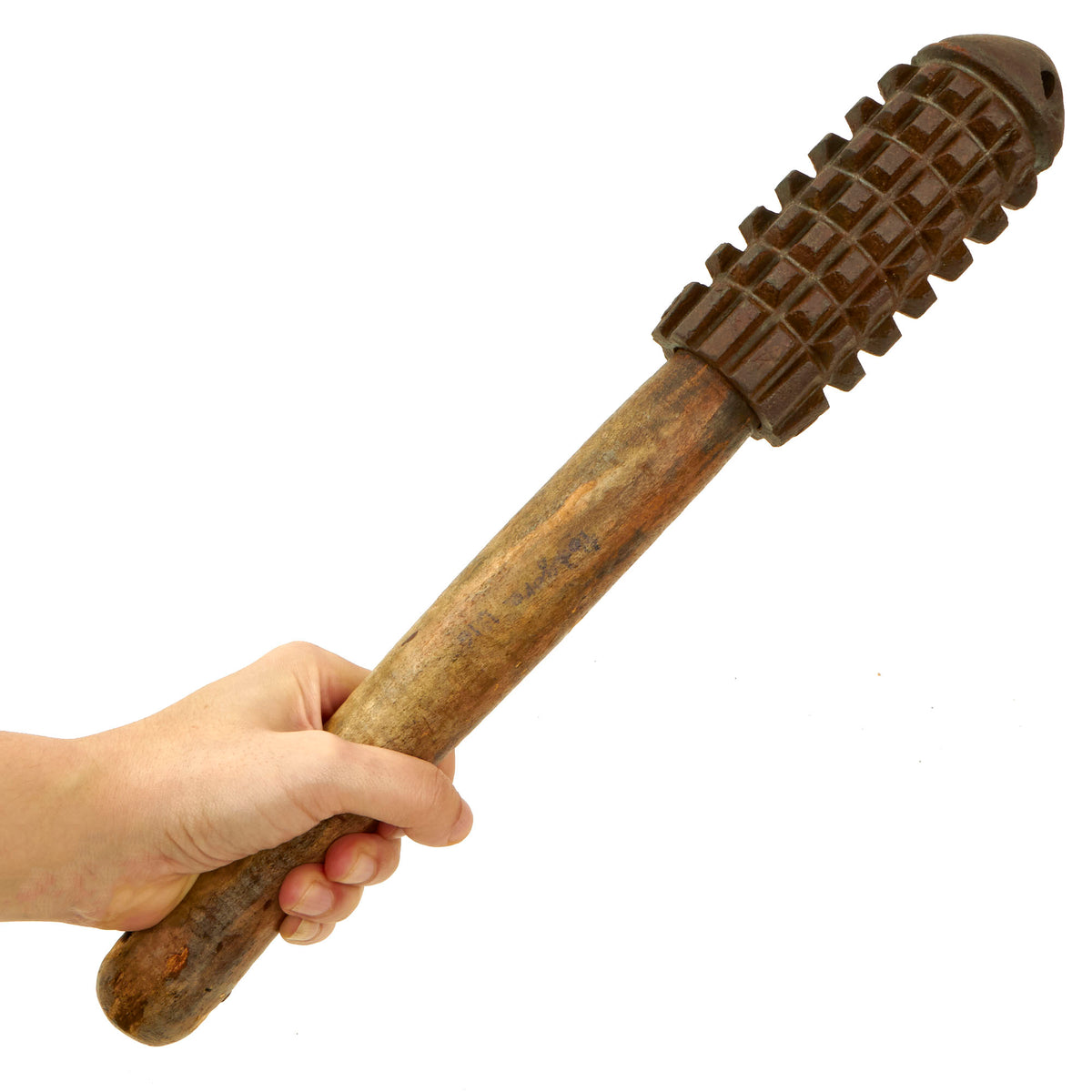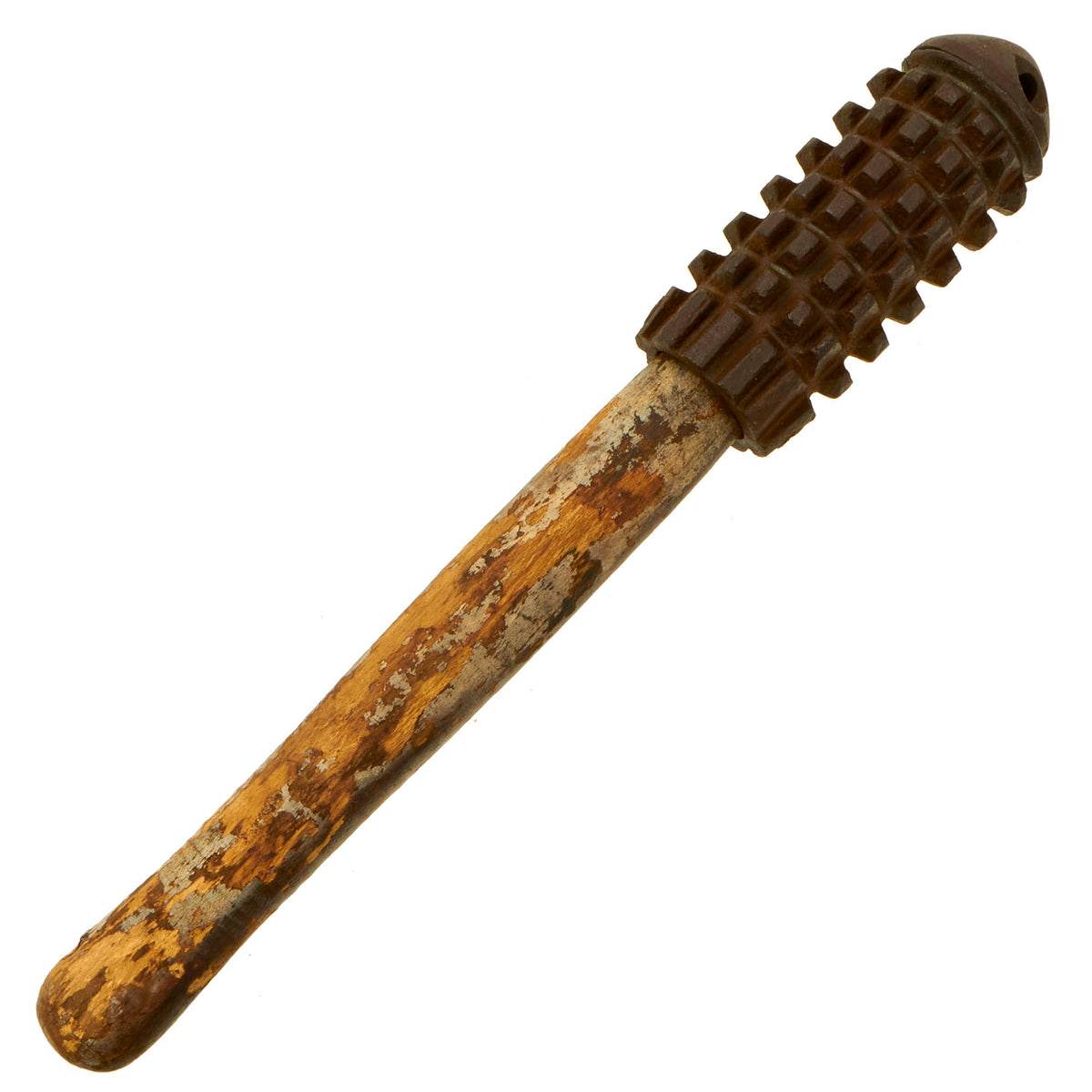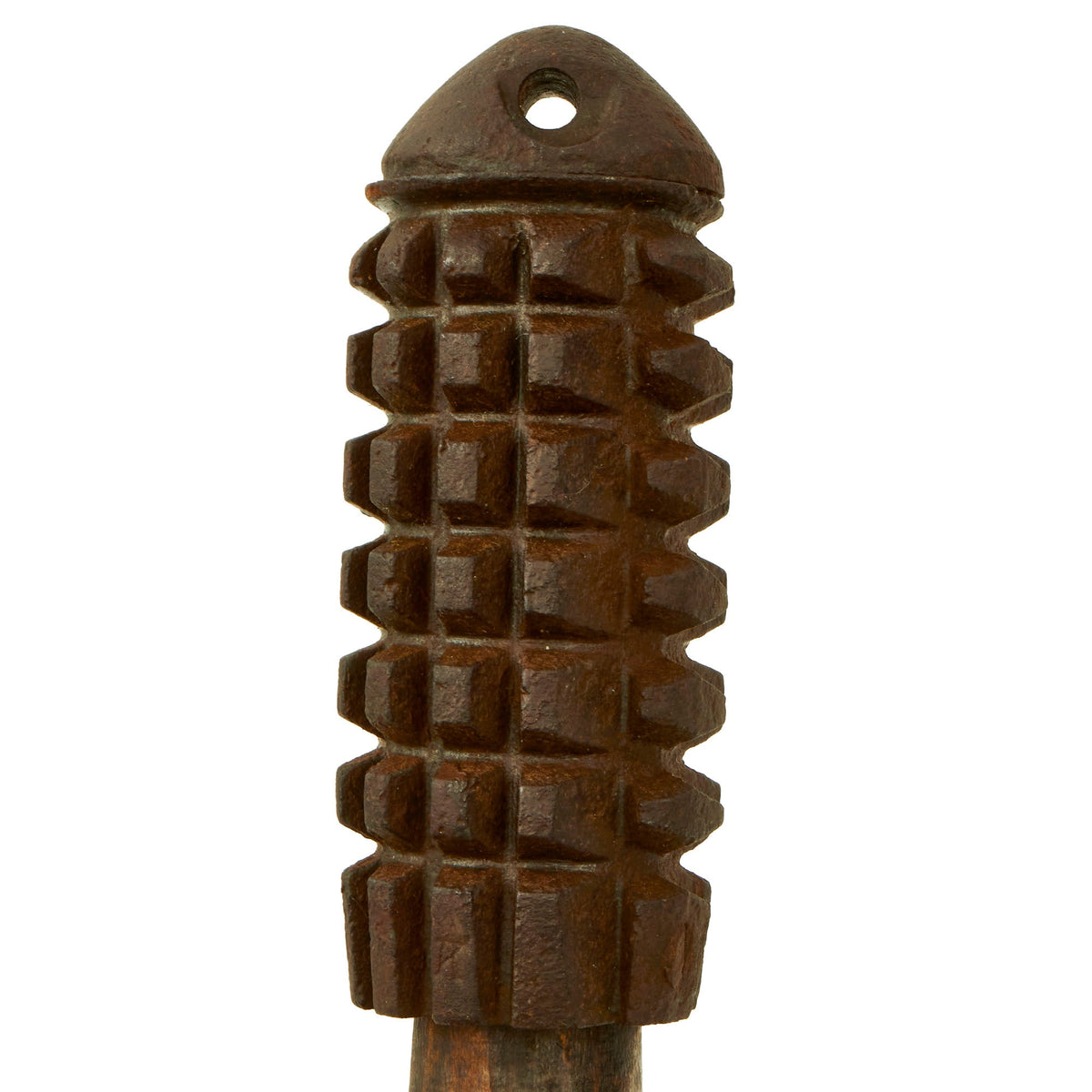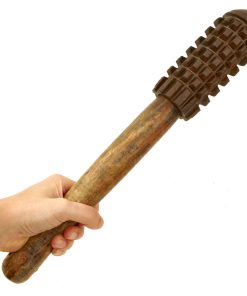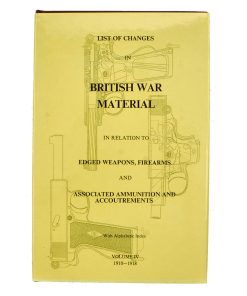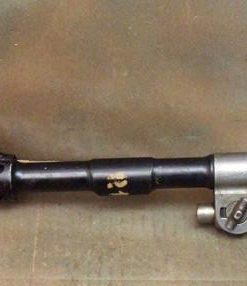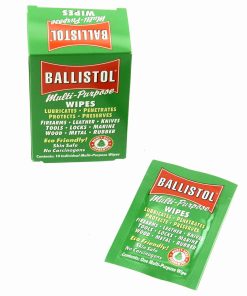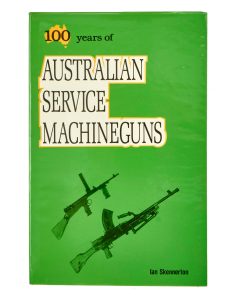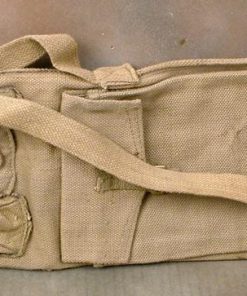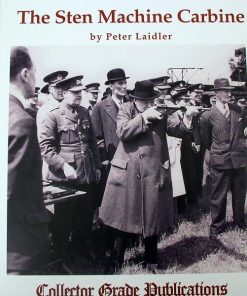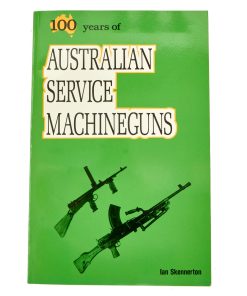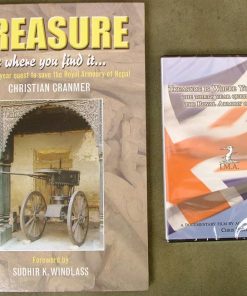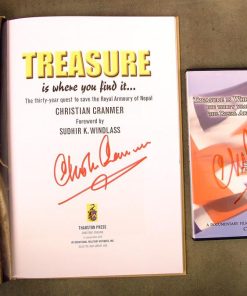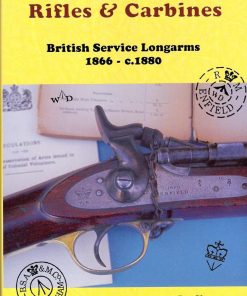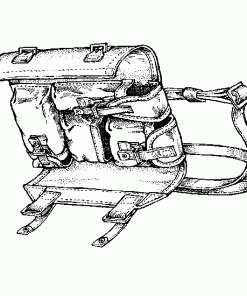Original Austro-Hungarian WWI 1st Model Zeitzünder Gewehrgranate Trench Raiding Club – Personal Collection David Machnicki Author of At Arm’s Length Series Original Items
$ 1.195,00 $ 298,75
Original Item: One-of-a-kind. Purchased directly from David F. Machnicki, the author of At Arm’s Length Trench Club book Series. We were told that this club will be featured in the upcoming Volume three of the series
This is a genuine World War one Austrian Trench Club of a simple design by using readily available materials. The total length for the club approximates 14.5 inches. The head of this Austrian club was created by using a remnant of a cylindrical cast-iron body from an Austro-Hungarian WWI 1st Model Zeitzünder Gewehrgranate “Corn” Rifle Grenade. A smooth wooden handle was created and two flat-headed screws were used to secure the grenade head to the wood shaft. The wood is marked in hand writing Podgora 1918. Podgora was part of the Italian front during the First World War.
A Hole for lanyard drilled into grip. A weapon with a simple design that is short in length, easy to carry, blunt and very effective.
Total Length: 14.5 inches
Diameter at top: 2 inches
Weight: 2.2 lbs
Trench raiding clubs were homemade melee weapons used by both the Allies and the Central Powers during World War I. Clubs were used during nighttime trench raiding expeditions as a quiet and effective way of killing or wounding enemy soldiers. The clubs were usually made out of wood. It was common practice to fix a metal object at the striking end (e.g. an empty Mills bomb) in order to maximize the injury inflicted. Another common design comprised a simple stave with the end drilled out and a lead weight inserted, with rows of large hobnails hammered in around its circumference. Most designs had some form of cord or leather strap at the end to wrap around the user’s wrist. Bosnian soldiers serving in the Austro-Hungarian army were fond of using maces. They were also used by officers to finish enemy soldiers wounded by poison gas attacks.
Trench clubs were manufactured in bulk by units based behind the lines. Typically, regimental carpenters and metal workers would make large numbers of the same design of club. They were generally used along with other “quiet” weapons such as trench knives, entrenching tools, bayonets, hatchets and pickaxe handles – backed up with revolvers and hand grenades.
Fast Shipping with Professional Packaging
Thanks to our longstanding association with UPS FedEx DHL, and other major international carriers, we are able to provide a range of shipping options. Our warehouse staff is expertly trained and will wrap your products according to our exact and precise specifications. Prior to shipping, your goods will be thoroughly examined and securely secured. We ship to thousands clients each day across multiple countries. This shows how we're dedicated to be the largest retailer on the internet. Warehouses and distribution centres can be located throughout Europe as well as the USA.
Note: Orders with more than one item will be assigned a processing date depending on the item.
Before shipping before shipping, we'll conduct a thorough inspection of the items you have ordered. Today, the majority of orders will be delivered within 48 hours. The delivery time will be between 3-7 days.
Returns
The stock is dynamic and we cannot completely manage it because multiple stakeholders are involved, including our factory and warehouse. So the actual stock may alter at any time. It's possible that you may not receive your order once the order has been made.
Our policy is valid for a period of 30 days. If you don't receive the product within 30 days, we are not able to issue a refund or an exchange.
You can only return an item if it is unused and in the same state as the day you received it. You must have the item in its original packaging.
Related products
Uncategorized
Uncategorized
Uncategorized
Book: Small Arms ID by Ian Skennerton: .303 Rifle, No. 1, S.M.L.E Marks II & III New Made Items
Uncategorized
Uncategorized
Uncategorized
Uncategorized
Uncategorized
Uncategorized
Uncategorized
Uncategorized
Book & DVD Combo: Treasure is Where You Find It: Signed Collector Editions New Made Items
Uncategorized
Uncategorized
